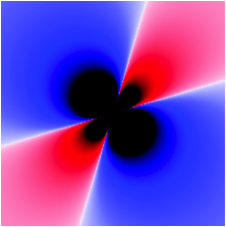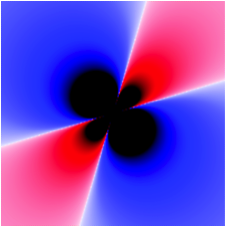Quantum magnetism with polar molecules
The so-called - model describes strongly correlated fermions on a lattice, and in particular, the system’s most interesting low-energy spin and charge excitations. In the context of high-temperature superconductivity, the model has been instrumental in the attempt to describe the evolution of the insulating state of the undoped parent into the superconducting state of the doped material. Although trivial to write down on a piece of paper, the model contains complex physics and is intractable; many approximations and numerical schemes have been devised for its study.
Now, in two papers appearing in Physical Review Letters and Physical Review A, Alexey Gorshkov at the California Institute of Technology, Pasadena, and collaborators propose using suitable rotational states of ultracold polar molecules in an optical lattice in order to simulate a highly tunable generalization of the - model in the lab. The researchers’ proposal is based on currently available experimental techniques. They also show that detailed control—both in sign and magnitude—of all the interaction parameters is possible. As a first step they have used a numerical approach to construct the phase diagram of the simplest experimentally realizable case. Apart from stimulating interesting experimental studies, their proposal has the potential to facilitate the study of complex condensed-matter phenomena in tightly controlled experimental settings. – Alex Klironomos





